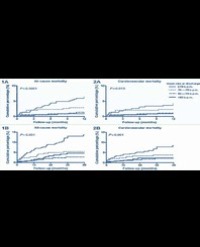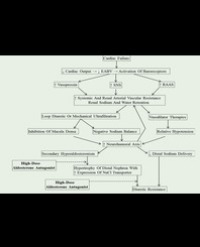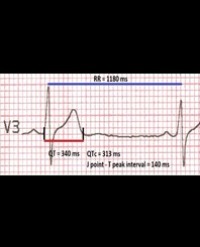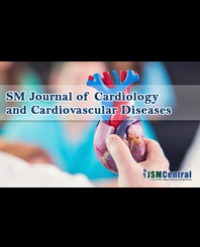
Prognostic Role of Resting Heart Rate in Cardiovascular Diseases: Just a Risk Marker?
The prognostic influence of many risk factors, such as hypertension or hypercholesterolemia, in several cardiovascular disorders has been widely proved. It has appeared, growing knowledge about the role of resting s (HR) and its association to other known cardiovascular risk factors. Resting HR takes an important place in cardiovascular physiopathology. Oxygen supply-demand balance, endothelial function, atherosclerosis development and vascular stress leading to plaque disruption are all directly influenced by increasing resting HR. Information obtained from recent trials, specially performed in heart failure patients, demonstrate the great benefits of decreasing resting HR. In this field, every increase in baseline beats per minute (bpm) is associated to increasing mortality rates and elevated risk of adverse cardiovascular outcomes. This shows the role, not only as risk marker but also as important risk factor, in cardiac diseases. Furthermore there is no optimal and homogeneous cut-off value of baseline HR for the different cardiovascular disorders. Despite of this, it seems desirable to maintain patient HR as lower as possible, below 70 bpm, in order to minimize risk of adverse events. So lowering baseline heart rate is a target to achieve,to improve prognosis.
Sem Briongos Figuero1* and José Luis Zamorano Gómez2




